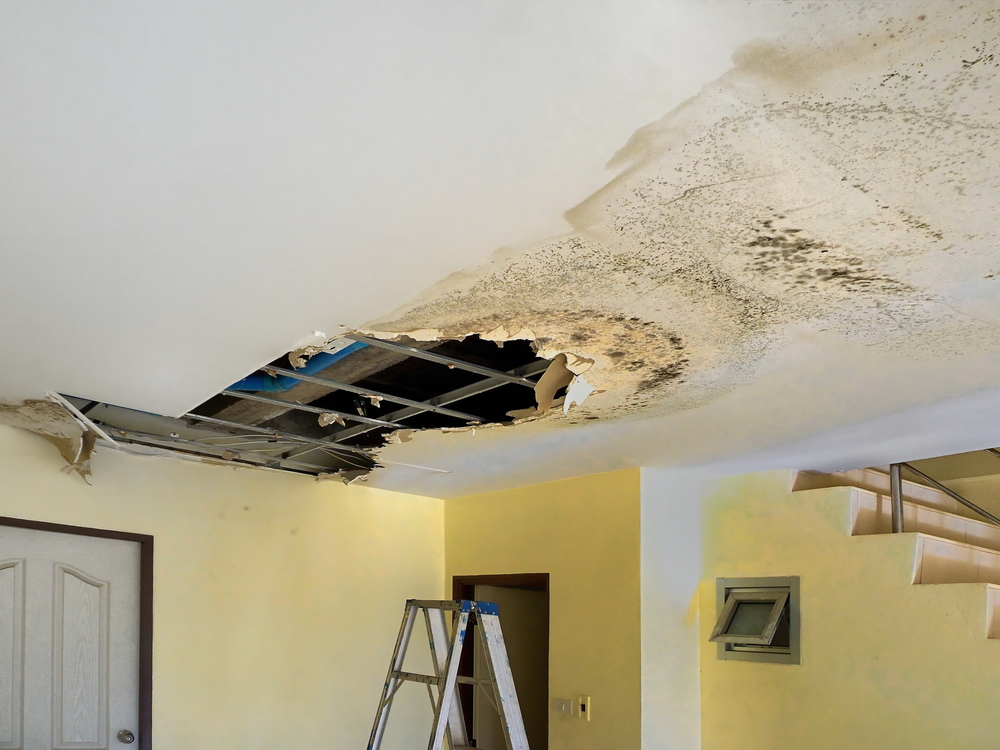Exactly how to Inspect If Your Residence Has a Hidden Leak
Exactly how to Inspect If Your Residence Has a Hidden Leak
Blog Article
How do you really feel in relation to Leaking water lines?

Early detection of leaking water lines can alleviate a potential catastrophe. Some tiny water leaks may not be visible.
1. Take A Look At the Water Meter
Every home has a water meter. Checking it is a surefire way that helps you find leaks. For beginners, switch off all the water sources. Ensure nobody will flush, utilize the faucet, shower, run the cleaning device or dish washer. From there, go to the meter and watch if it will change. Since nobody is using it, there must be no motions. That shows a fast-moving leakage if it moves. Furthermore, if you identify no changes, wait a hr or more as well as check back again. This means you may have a sluggish leakage that might even be below ground.
2. Inspect Water Consumption
If you identify unexpected changes, despite your intake being the same, it means that you have leakages in your plumbing system. An abrupt spike in your bill shows a fast-moving leak.
On the other hand, a stable rise monthly, despite having the exact same habits, reveals you have a slow leakage that's also slowly rising. Call a plumber to thoroughly examine your property, especially if you really feel a cozy location on your floor with piping below.
3. Do a Food Coloring Test
When it comes to water consumption, 30% comes from bathrooms. If the color in some way infiltrates your bowl throughout that time without flushing, there's a leakage between the storage tank as well as bowl.
4. Asses Exterior Lines
Don't neglect to check your outside water lines also. Examination spigots by affixing a garden pipe. Must water seep out of the link, you have a loose rubber gasket. Change this as well as guarantee all links are tight. If you've got a sprinkler system, it will certainly help get it expertly analyzed as well as kept yearly. One small leak can throw away lots of water and also increase your water bill.
5. Inspect as well as Examine the Circumstance
House owners must make it a practice to check under the sink counters and also even inside closets for any bad odor or mold and mildew development. These two warnings show a leakage so timely attention is called for. Doing regular examinations, even bi-annually, can conserve you from a major trouble.
Extra importantly, if you understand your residence is currently old, keep a watchful eye on your heating systems, tubes, pipes and so on. Check for stainings and compromising as most appliances and also pipelines have a life expectancy. They will certainly also naturally weaken because of tear and also put on. Do not wait for it to rise if you believe leaking water lines in your plumbing system. Call a specialist plumber right away so you don't wind up with a terrible mess in your house.
Early detection of leaking water lines can reduce a possible disaster. Some small water leakages might not be visible. Checking it is a surefire means that assists you discover leaks. One tiny leakage can waste loads of water and spike your water bill.
If you believe leaking water lines in your plumbing system, don't wait for it to escalate.
WARNING SIGNS OF WATER LEAKAGE BEHIND THE WALL
PERSISTENT MUSTY ODORS
As water slowly drips from a leaky pipe inside the wall, flooring and sheetrock stay damp and develop an odor similar to wet cardboard. It generates a musty smell that can help you find hidden leaks.
MOLD IN UNUSUAL AREAS
Mold usually grows in wet areas like kitchens, baths and laundry rooms. If you spot the stuff on walls or baseboards in other rooms of the house, it’s a good indicator of undetected water leaks.
STAINS THAT GROW
When mold thrives around a leaky pipe, it sometimes takes hold on the inside surface of the affected wall. A growing stain on otherwise clean sheetrock is often your sign of a hidden plumbing problem.
PEELING OR BUBBLING WALLPAPER / PAINT
This clue is easy to miss in rooms that don’t get much use. When you see wallpaper separating along seams or paint bubbling or flaking off the wall, blame sheetrock that stays wet because of an undetected leak.
BUCKLED CEILINGS AND STAINED FLOORS
If ceilings or floors in bathrooms, kitchens or laundry areas develop structural problems, don’t rule out constant damp inside the walls. Wet sheetrock can affect adjacent framing, flooring and ceilings.
https://www.servicemasterbyzaba.com/blog/how-to-detect-water-leakage-in-walls/

I came across that article about Top leak detection hacks when scouting around the search engines. Enjoyed reading our blog? Please share it. Let others discover it. I am grateful for your time. Don't forget to visit our blog back soon.
Report this page